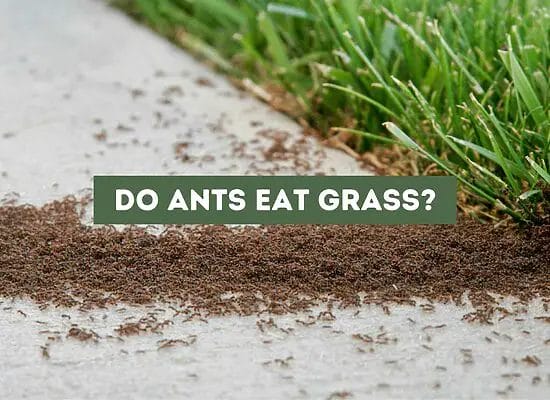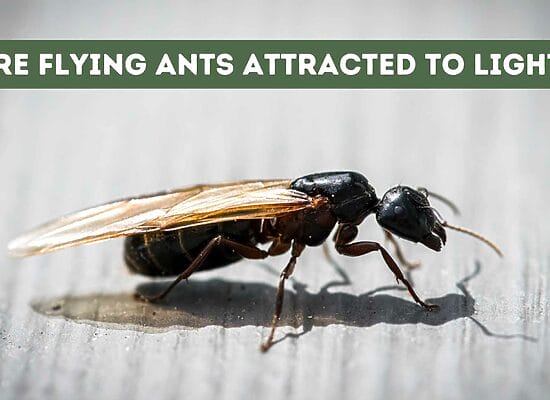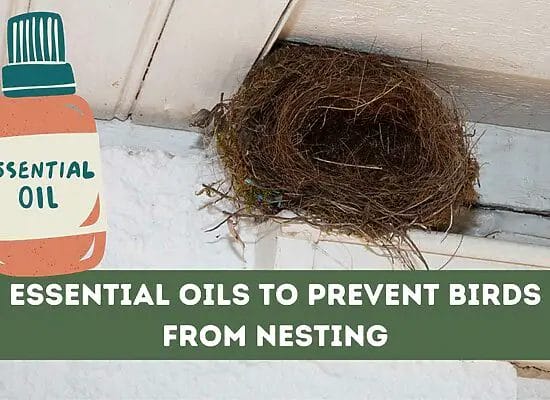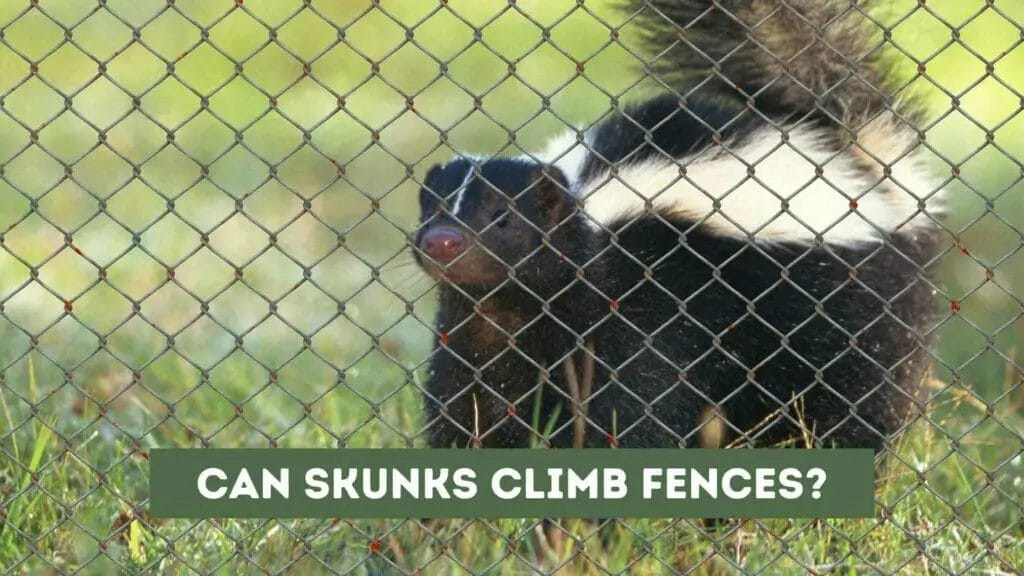
Are you tired of finding skunks in your yard or garden? Do you have a fence around your property, but you’re not sure if it’s enough to keep these pesky critters out? One common question people ask is, “Can skunks climb fences?” The answer is yes, but it depends on the type of fence and the species of skunk.
In this article, we’ll explore the topic of skunks and fences in more detail. We’ll look at the different types of skunks found in North America and their climbing abilities. We’ll also provide tips on how to prevent skunks from entering your property and what to do if you encounter one.
Key takeaways:
- Skunks can climb fences up to 6 feet high, but it depends on the species and the type of fence.
- The spotted skunk is an excellent fence climber, while other species may struggle with smooth surfaces.
- Skunks can also burrow under fences, so it’s important to ensure your fence extends at least a foot below ground level.
- Installing a fence with a floppy top can discourage skunks from climbing and jumping, especially if you have a garden or fruit trees.
- Eliminating food and nesting sites can help prevent skunks from entering your property.
- Skunks are capable of climbing trees to bypass fences, so it’s important to trim branches close to your fence or roof.
- If you encounter a skunk on your property, it’s best to contact a wildlife control company for safe removal.
Can Skunks Climb Fences?
Are you worried about skunks climbing over your fence and getting onto your property? Skunks are nocturnal animals that are also excellent climbers and diggers. They have long claws that allow them to climb wooden fences, chain link fences, or many other fences with ease.
However, not all skunk species are capable of climbing fences. For example, striped skunks cannot climb fences but are able to burrow. On the other hand, spotted skunks are excellent climbers and can climb fences up to 6 feet (1.8 meters) high. Hog-nosed skunks are poor climbers and struggle to climb up fences.
If you want to keep skunks away from your property, you need to install a fence that is deep enough into the ground to prevent them from digging their way in. A solid metal fence, about 2 feet (0.6 meters) tall, is the best fence to keep them out of your yard. Installing solid metal fencing or burying galvanized hardware cloth may prevent skunks from getting under or over the fence.
Eliminating food and nesting sites may also stop them from entering your property. Skunks like to eat pet food, so make sure to keep it indoors. They also like to dig through garbage cans, so make sure to secure them tightly.
It’s important to note that skunks are also capable of climbing trees to skip fences. They often climb low fences and use trees and branches to enter roofs or yards. So, it’s essential to trim any branches that are close to your fence or roof.
Fun Fact: Eastern spotted skunks are lighter and more agile than other skunk species. They are also able to climb trees to search for food.
If you find a skunk on your property, it’s best to contact a wildlife control company to safely remove it. Do not try to get rid of a skunk on your own, as they have sharp teeth and may spray you with their foul-smelling spray.
Skunk Species and Their Ability to Climb Fences
Skunks are notorious for their strong odor and their ability to spray it when threatened. But did you know that some skunk species are also excellent climbers? In this section, we’ll take a look at the different skunk species and their ability to climb fences.
First, let’s talk about the striped skunk, which is the most common skunk species in North America. While striped skunks are not known for their climbing abilities, they are excellent diggers and can easily burrow under fences. If you have a fenced-in area, it’s important to make sure that the fence extends below ground level to prevent skunks from digging their way in.
Next, we have the spotted skunk, which is found in western parts of the United States. Spotted skunks are excellent climbers and can easily climb fences that are up to six feet high. They are also known for their acrobatic abilities and can perform handstands as a defensive posture.
The hooded skunk, which is found in Mexico and Central America, is also a good climber. While they may not be as agile as spotted skunks, they can still climb fences that are up to four feet high.
The hog-nosed skunk, which is native to South America, is not known for its climbing abilities. Instead, they rely on their strong sense of smell to locate food and shelter.
When it comes to preventing skunks from entering your property, it’s important to consider the type of fence you have. Skunks can easily climb fences that have rough surfaces, such as chain link or wood. If you have a smooth fence, such as one made of PVC, it may be more difficult for skunks to climb.
In addition to making sure your fence is secure, it’s also important to eliminate any food or shelter sources that may attract skunks. This includes securing your garbage cans, removing any fallen fruit from trees, and sealing off any potential entry points into your home or shed.
Fun Fact: Skunks are excellent swimmers and can swim up to three miles without stopping!
How Skunks Climb Fences
Skunks are known for their ability to spray a noxious odor when they feel threatened, but did you know that they are also skilled climbers? In this section, we’ll explore the techniques and physical characteristics that allow skunks to climb fences.
Climbing Techniques of Skunks
Skunks are natural climbers and can use a variety of techniques to scale fences. They are able to jump and grab onto the top of a fence with their front paws, then pull themselves up and over. Skunks can also use their long claws to grip onto rough surfaces, such as wooden fences, and climb up vertically.
Another technique skunks use to climb fences is by bracing themselves against the fence with their hind legs and using their front paws to pull themselves up. They can also use their sharp teeth to grip onto the fence and climb up using a combination of their teeth and claws.
Physical Characteristics That Help Skunks Climb Fences
Skunks have several physical characteristics that make them excellent climbers. They have long claws that are sharp and curved, allowing them to grip onto rough surfaces like fences. Their hind legs are also powerful and muscular, enabling them to push off the ground and propel themselves upwards.
In addition, skunks have a flexible spine that allows them to contort their bodies and climb in awkward positions. They also have a prehensile tail, which means they can use it to grasp onto objects and maintain their balance while climbing.
Despite their ability to climb fences, skunks do have some limitations. They are not able to climb smooth surfaces, such as metal or glass, and may struggle with fences that are over six feet tall.
Fun Fact: Did you know that the spotted skunk is an excellent fence climber? This species is known for its ability to climb trees and fences headfirst, using its long claws to grip onto the surface.
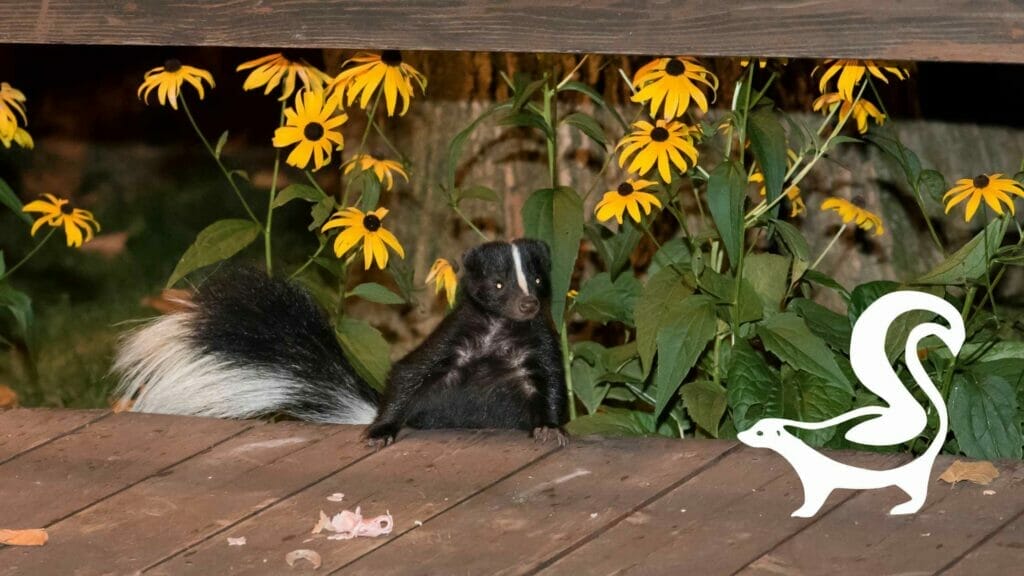
Fences to Keep Skunks Out
If you are dealing with skunks getting onto your property, one of the most effective ways to keep them away is to install a fence. Skunks are nocturnal and are also excellent climbers, so you need to choose a fence that they cannot climb or dig under.
Types of Fences to Keep Skunks Out
Solid metal fences are the best fence to keep skunks out of your yard. They are about 2 feet (0.6 meters) tall and have a smooth material that prevents the skunk from climbing. Skunks have long nails and sharp teeth, which makes it difficult for them to climb smooth surfaces. Chain link fences are also effective, but skunks can climb them if they have something to grip onto, like a nearby tree or bush. Wooden fences are not recommended because skunks can easily climb them and use the fence posts to enter your property.
If you already have a wooden or chain link fence, you can install a hardware cloth to prevent skunks from getting through. The hardware cloth should be buried deep enough into the ground to prevent skunks from digging underneath it.
Other Methods to Deter Skunks from Climbing Fences
Eliminating food and nesting sites is another effective way to keep skunks away from your property. Skunks like to eat pet food, so make sure to keep it inside your house. Skunks also like to burrow, so make sure to fill any holes or gaps in your yard.
If you worry about skunks climbing onto your roof, you can trim any tree branches that are close to your house. Skunks are also capable of climbing trees to skip fences, so make sure to trim any branches that may allow them to enter your property.
Pro Tip: If you find a skunk on your property, do not try to get rid of it yourself. Skunks have short tempers and may spray you with their scent glands if they feel threatened. Contact a wildlife control company to safely remove the skunk from your property.
FAQ: Can Skunks Climb Fences?
Can skunks climb a fence?
Yes, skunks are excellent climbers and can easily climb a wood or chain link fence to get to the other side. Whether you have a wooden or chain link fence, skunks will climb it if they want to get past it in search of food or shelter.
How high can skunks climb a fence?
Skunks can climb fences as high as they want. However, they usually prefer to climb fences that are not too high, around 6 feet or less. Some skunks may find it difficult to climb fences higher than 6 feet, but others can easily climb taller fences.
What type of fences do skunks climb?
Skunks can climb any type of fence, whether it’s made of wood, chain link, or wire mesh. However, some skunks may prefer to climb wood fences because they are easier to climb compared to other types of fences.
How do I keep a skunk from climbing my fence?
To keep a skunk from climbing your fence, you can install a wire mesh at the top of the fence to prevent them from getting onto the other side. Alternatively, you can build a fence that is too high for them to climb (at least 6 feet tall). You may also choose to use a repellent to keep skunks away from your property.
Do skunks dig under fences?
Yes, skunks are known to dig under fences to get into yards or gardens. If you have a skunk problem, you may want to install a wire mesh or a deeper fence to prevent them from burrowing underground to enter your property.
How can I get rid of a skunk in my yard?
The best way to get rid of a skunk in your yard is to hire a professional skunk removal service. They will use humane methods to trap and remove the skunk from your property. You should not attempt to remove a skunk yourself, as they can use their claws and sharp teeth to defend themselves.
Are skunks a pest?
Skunks can be considered a pest if they are causing damage to gardens, lawns, or property or if they are emitting a foul odor. However, they are also beneficial as they eat insects and small rodents.
Do skunks climb trees?
Yes, some skunk species are known to climb up trees to get to food or to escape predators. However, skunks are not very good climbers, and some species may struggle to climb trees.
Do skunks like to climb?
Yes, some skunks may choose to climb if they need to get to the other side of a fence or to access food or shelter. However, not all skunks will climb, and some may prefer to burrow underground to enter a yard or garden.
Why do skunks have stripes on their back?
Skunks have stripes on their back as a warning signal to potential predators. When threatened, skunks can spray a strong-smelling fluid from their anal glands, and the stripes act as a warning signal to predators to stay away.



